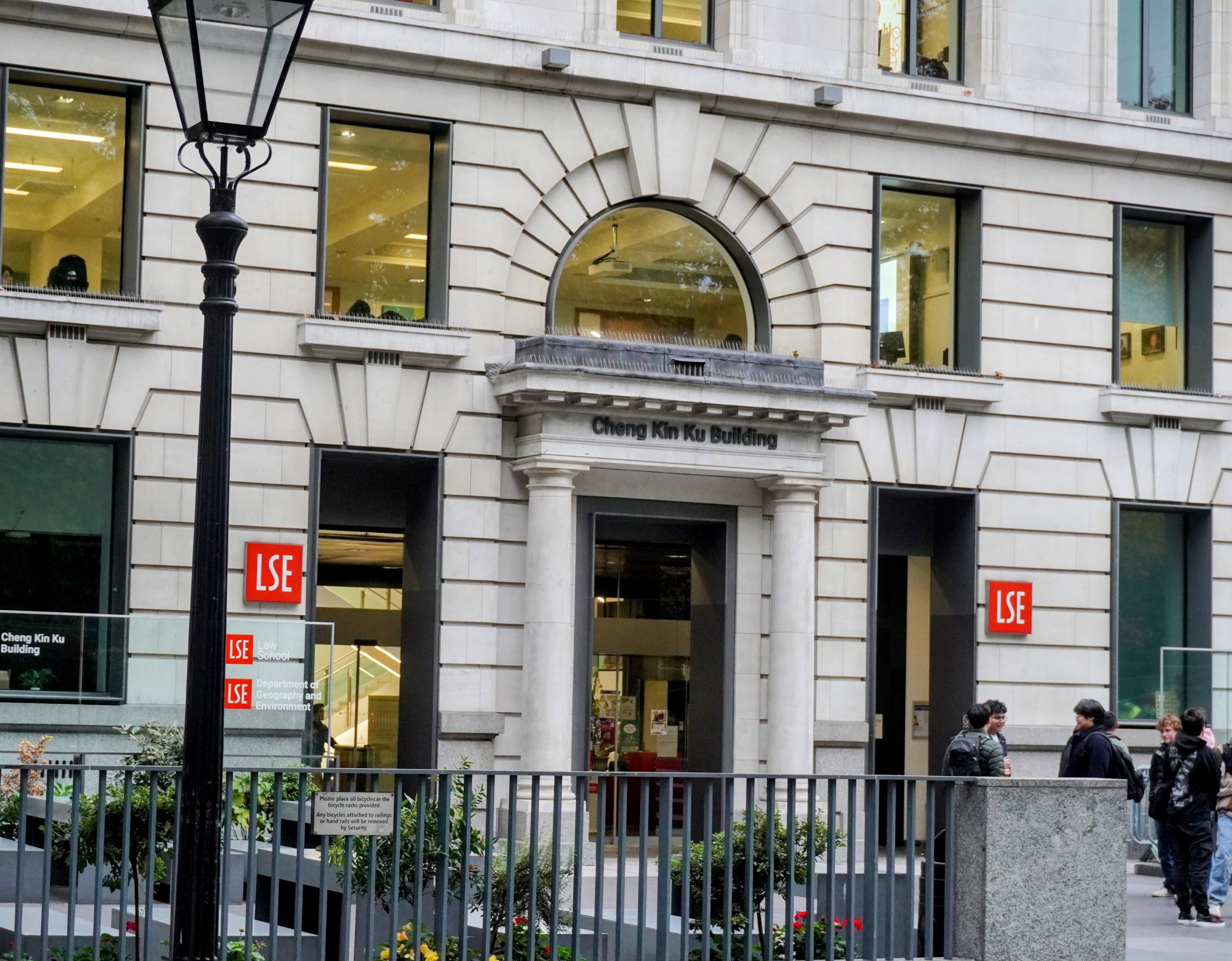by Luke Killian
Illustrated by Francesca Corno
Governments all over the world, especially in developing countries, promote tourism and frame it as a rescuer of the local economy – to bring people out of poverty. For example, deputy tourism minister of South Africa, Fish Mahahlela, remarked that the tourism sector in South Africa “provides young and old with multiple employment and entrepreneurial opportunities to transform their lives and communities.” While it is true that tourism brings money into the local economy, the gains are often unevenly distributed.
There is a misguided belief that tends to legitimise the tourism industry in many places, even justifying hyper-tourism . A tourist expressed this sentiment while I was onboard a crammed train en route to Venice a couple of years ago: “the money coming from tourism can be used to conserve the city’s historical infrastructure”, he explained to his son as he sat on the floor of the train (there were no seats left). ‘Commercialisation for conservation’ has become a popular notion in the tourism industry, and it’s not just limited to nature destinations, where this idea first originated. Many popular destinations try to flout that tourism is helping them solve a socio-economic problem.
That tourist on the train to Venice wasn’t entirely wrong: this idea can work if properly managed, but this is not the case in most places, and certainly not in Venice itself. Tourism has clearly weakened the power of Venetian locals and eroded their liberties. In The Overwhelmed City, Bertocchi and Visentin say of tourism in Venice: “the pressure of tourism – with its economic power – modifies spaces, alters facilities, and blocks infrastructure.” They are referring to what has been happening in Venice: shops catering towards tourists increase in numbers; and goods and services which are essential for residents, dwindle. This has made Venice ever more difficult to live in, especially affecting vulnerable residents who have to travel further to access crucial services such as hospitals or schools.
According to research on accommodation in Venice, the number of beds in Venice has grown from 8,249 in 2009 to 49,260 in 2019 (497% growth). This expansion of accommodation availability for tourists has served to cordon off access to housing for locals due to high prices.
Research on the lived experience of Venetians’ reveals challenges in securing long-term rentals. In one interview, a 34-year-old woman describes her struggle to obtain a rental contract in Venice. When she asked for a contract, the landlords threatened to offer the house to an agency that would rent it out to tourists and earn in a week what they were earning from her in a month. Venice’s tourist appeal has likely led to increased property prices, rendering homeownership unattainable for most locals while catering to a select few.
An important point to consider is who benefits from tourism. If you walk around Venice, you might notice that many of the stores, restaurants, and hotels are international chains such as Engel & Volkers real estate, KFC, or Radisson hotels; these multinational companies are not locally owned. Normally, the locals are working inside these companies as lower-level staff: facing low pay and precarious working conditions. “It’s less busy in winter so some staff have to leave,” said Stefania, a member of staff who I spoke to in the lobby of a chain hotel.
Over the years of rampant tourism in Venice, many locals have become reliant on the industry for their livelihoods. This serves to reinforce inequality: if locals only know how to earn money in a certain way (in this case serving tourists), they won’t develop the skills and qualifications necessary to demand higher wages in the future. Moreover, because tourism in Venice is such a large industry, and other industries are comparatively smaller, most work will be in tourism; thus, pushing locals to lock themselves into low-paying, precarious jobs over the long term. “I’ve done this my whole life, I can’t see myself doing anything else,” said Pietro, a gondolier who took me on a tour through the Venice canals.
Is there an alternative? Is it better than nothing? A professor of international trade spoke in a lecture about how some large companies outsource their labour-intensive work to poorer, cheaper countries: “You may think it’s terribly unfair, but we also have to consider what alternatives these places have. At the moment the investment they get is better than not generating any investment at all.” This logic could be applied to tourism in Venice, and the same question must be asked. The consensus that many tourism scholars have come to, and one that I agree with, is that Venice should develop other industries and diversify, so that locals become less reliant on tourism and its entrapping terms and conditions. It goes without saying that this is easier said than done.
Ultimately, the solution will have to be driven by the very political institutions which enabled hyper-tourism in the first place. In Venice, for example, an important law which further sanctioned tourism in the city came from regional government. Regional law 33/2002 in this instance simplified the bureaucratic process needed to open up new accommodation facilities in Venice. This is, however, not unique to Venice, or to the tourism industry. Trade across countries and in different industries has been facilitated by governments during the last few decades.
Dani Rodrik also wrote about the globalisation trend in 2000. Governments in various countries were actively pursuing policies that would earn them market confidence. The consequence of this, he wrote, was that often internal development goals are replaced by government aims to keep market confidence. In other words: countries prioritised bringing in foreign investment over dealing with important domestic problems when deciding on policy.
At the end of the day, mass tourism has caused rifts between locals and travellers; one can see examples of pushback against it all over the world. Momentarily returning to Venice, after much protest from anti-cruise ship activists, the city has banned cruise ships from entering the Venice lagoon. In my view, this rift between tourists and locals is not dissimilar to the rifts between people who are pro-globalisation (normally those who have benefitted from the opening up of markets) and those who are anti-globalisation (those whose conditions have deteriorated or not improved from the opening up of markets). Therefore, I argue that the tourism industry is a microcosm of a broader economic trend. Resistance to globalisation will continue so long as states prioritise international trade over internal issues like inequality.






